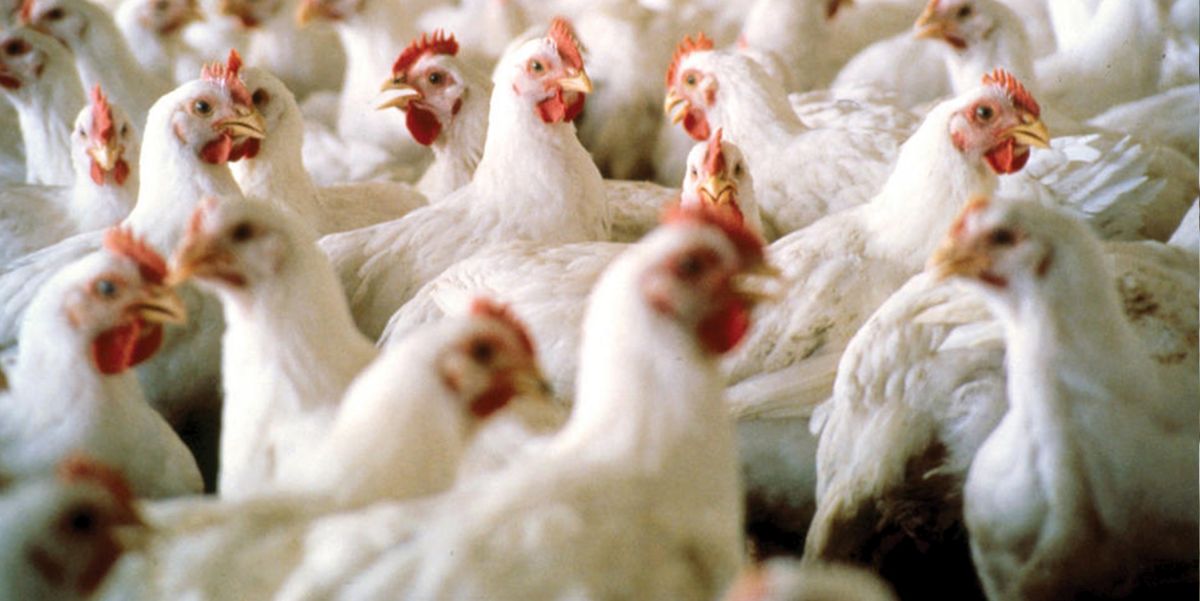
Bacteria in humans, food and animals continue to show resistance to the most widely used antimicrobials, says the latest report on antimicrobial resistance in zoonotic bacteria in Europe.
Scientists warn that resistance to ciprofloxacin, an antimicrobial that is critically important for the treatment of human infections, is very high in Campylobacter, thus reducing the options for effective treatment of severe foodborne infections. Multi-drug resistant Salmonella bacteria continue to spread across Europe.
The findings of this latest annual Europe-wide report by EFSA and the European Centre for Disease Prevention and Control (ECDC) underline again that antimicrobial resistance poses a serious risk to human and animal health. This risk was identified by the Commission as a major priority in its political agenda on food safety.
Vytenis Andriukaitis, EU Commissioner for Health and Food Safety, said: “Every year in the EU, infections caused by antimicrobial resistance lead to about 25,000 deaths – but the threat is not confined to Europe. This is a global problem that requires a global solution.
“The EU has long been at the forefront in the fight against antimicrobial resistance and is a leader in the field. Our agencies EFSA and ECDC, by combining their expertise in human and animal health, are putting together many of the pieces in this complex puzzle and providing policy makers the world over with valuable scientific advice.”
The report also found evidence of resistance to the antimicrobial colistin in Salmonella and E. coli among poultry in the EU. Mike Catchpole, Chief Scientist for ECDC, said: “This is worrying because it means that this last-resort drug may soon no longer be effective for treating severe human infections with Salmonella.”
In addition to the high levels of resistance shown throughout Europe, the report found that there are significant regional differences. The highest levels of antimicrobial resistance (AMR) are observed in eastern and southern Europe. Marta Hugas, Head of EFSA’s Biological Hazards and Contaminants unit, said: “In northern Europe, there is lower resistance in bacteria from poultry, particularly in countries with low use of antimicrobials in animals.”
Key findings
Campylobacter – Campylobacteriosis, the disease caused by Campylobacter, is the most commonly reported foodborne disease in the EU.
Resistance to widely used antimicrobials, such as ciprofloxacin, was commonly detected in bacteria from humans and poultry. High to extremely high resistance to ciprofloxacin was observed in broilers (69.8%), as well as in bacteria from humans (60.2%). High to extremely high resistance to nalidixic acid and to tetracyclines was reported in broilers.
Salmonella – Salmonellosis is the second most commonly reported foodborne disease.
Resistance to widely used antimicrobials was commonly detected in Salmonella from humans (tetracyclines 30%, sulphonamides 28.2%, ampicillin 28.2%) and poultry.
The prevalence of multi-drug resistance was high in bacteria in humans (26%), and especially high in broiler and turkey meat (24.8% and 30.5%, respectively). Some types of Salmonella bacteria, namely Salmonella Kentucky and Salmonella Infantis, are of particular concern as they showed high level of resistance to ciprofloxacin and high multi-drug resistance.
The occurrence of extended spectrum beta-lactamase (ESBL) was observed at low levels in Salmonella from poultry. However, a clone of multidrug-resistant and ESBL-producing Salmonella Infantis was reported in both humans and poultry. Carbapenemaseproducing Salmonella were not detected in poultry and meat thereof.
Background
• The report, published by EFSA and ECDC, presents the results of the analysis of data submitted by Member States for 2014.
• Recently introduced changes to the way AMR is monitored in food-producing animals and food mean that data are now more specific, much easier to compare between Member States and across sectors, and the scope of the monitoring is larger. As of this year the report gives information on resistance to colistin in Salmonella and E.coli from poultry in the EU. The report also includes information on the occurrence of Salmonella and E. coli strains that produce an extendedspectrum beta-lactamase (ESBL) and/or a carbapenemase, enzymes that confer resistance to the critically important third-generation antimicrobials cephalosporins and carbapenems, respectively. In 2014 monitoring of AMR bacteria from animals and food focused on broilers, laying hens and fattening turkey. Next year the report will cover pigs and cattle.
• Resistance to colistin, an antimicrobial commonly used in some countries for the control of E. coli infections, especially in pigs, has been recently reported in China. The corresponding gene (mcr-1) was found on a mobile genetic element (plasmid), which can be transmitted between bacteria. Colistin resistance in bacteria from humans and animals was previously thought to be chromosomally related and therefore unlikely to be transferred between bacteria.
